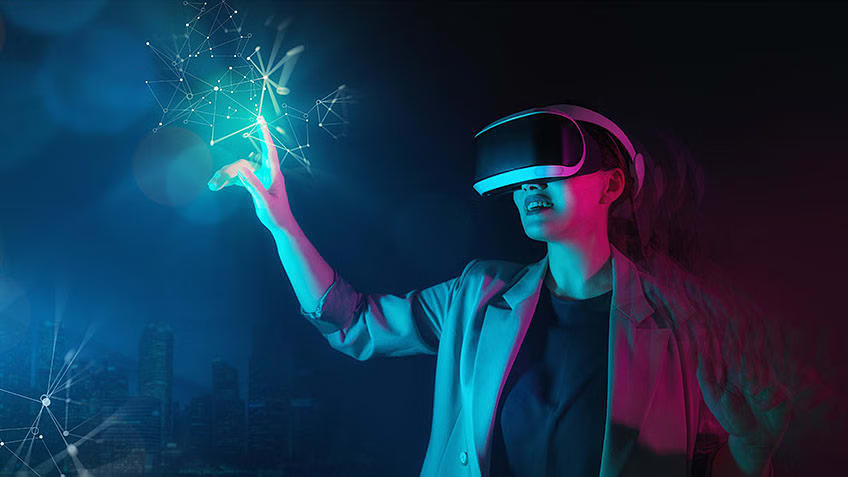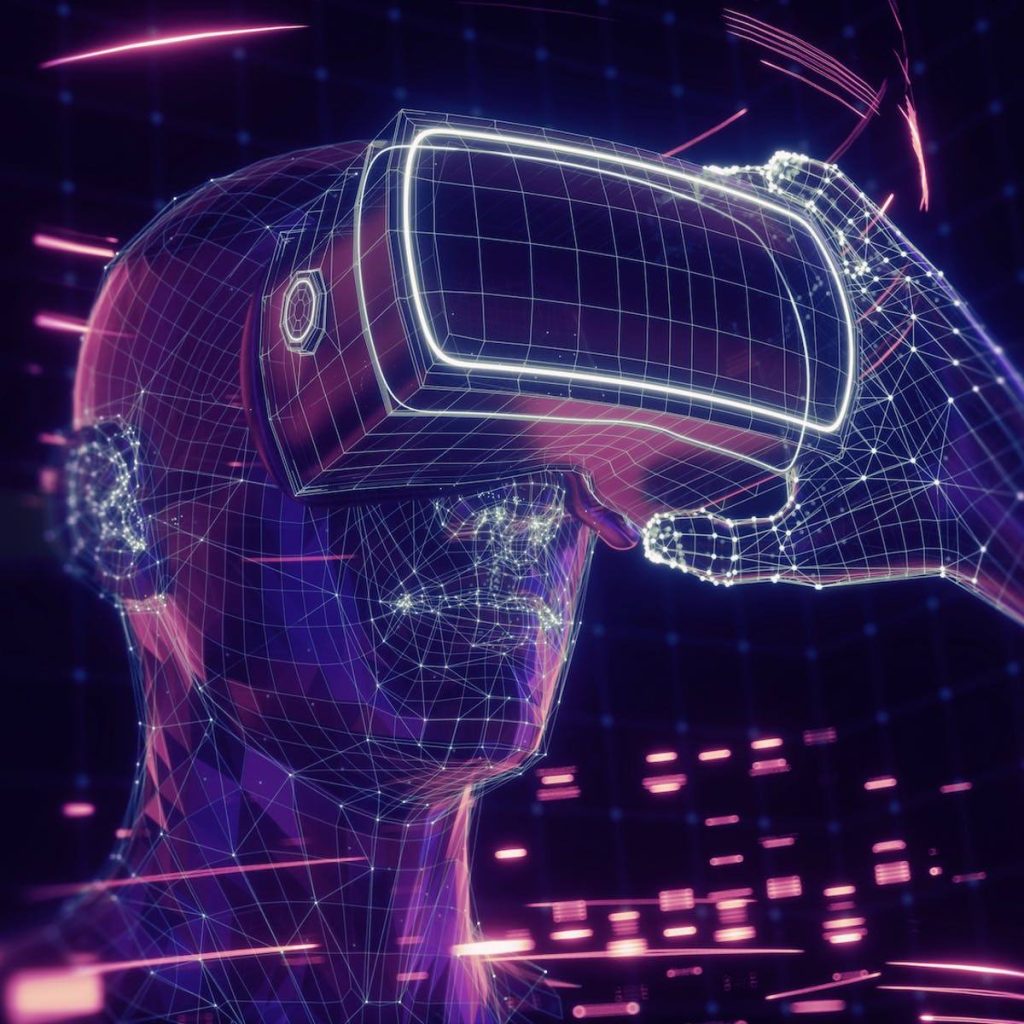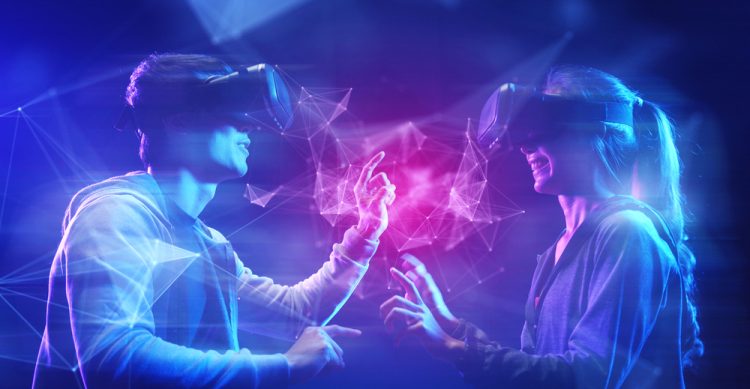What is the Metaverse?
Born from the pages of science fiction—the 1992 novel “Snow Crash” where terms “Metaverse” and “Avatar” were first coined—the Metaverse represents a realm where digital avatars exist, allowing people to occupy virtual worlds paralleling our own.
A New Digital Symbiosis
The interpretation of the Metaverse, as voiced by Shen Yang of Tsinghua University’s New Media Research Center, encapsulates an integrated tapestry woven from numerous emerging technologies. It is a confluence where augmented reality crafts immersive experiences, digital twinning mirrors our world, and blockchain constructs new economies, creating an intertwined existence between the virtual and the actual world, replete with its economic, social, and identity systems, allowing for user-generated content and editing.

Technological Fusion – The Metaverse’s Spine
At its core, the Metaverse is not just one technology; it is a convergence of many, from the immersive realms of VR and AR to the twin digital mirrors reflecting our tangible existence. Within its bounds, blockchain builds economic layers, signaling a space not just for expenditure but also for earning, birthing a comprehensive digital economy.
Why Follow the Metaverse’s Rise?
As each technological iteration brings renewed opportunity, the Metaverse ushers in challenges and fresh beginnings. Actions taken by industry names, like Facebook’s rebranding to Meta, herald the swift approach of an era defined by deep integrations of physical and virtual realities.
With internet evolution hitting a bottleneck, marked by a lack of innovation in content, interactions, and user engagement, the Metaverse promises a revolution—an embodied internet where users don’t just consume content, they live within it. It represents a new page, the successor to mobile internet.

Beyond Games – Envisioning a Multidimensional Experience
Some equate the Metaverse solely with video games, but experts contest this narrow view. The Metaverse transcends mere play; it’s about creative interaction and real-world integration.
Companies like Baidu, leveraging AI technologies like intelligent vision and natural language processing, facilitate the Metaverse’s weave into content creation, elevating hardware experiences and production efficiencies. Baidu’s Vice President Ma Jie envisions the Metaverse as a parallel universe—humanity’s second space—a digital counterpart to the physical world, necessitating transformative efforts in content creation, economic systems, user experience, and material world interactions.
The Challenges and Horizons of the Metaverse
Crafting the Metaverse extends beyond mere aesthetics; it touches on collaborative, highly interactive, and immersive spaces requiring immense user capacity. As it grows, new problems concerning value ethics and virtual space governance will emerge, requiring prudent regulation to ensure orderly progress.


















































Discussion about this post